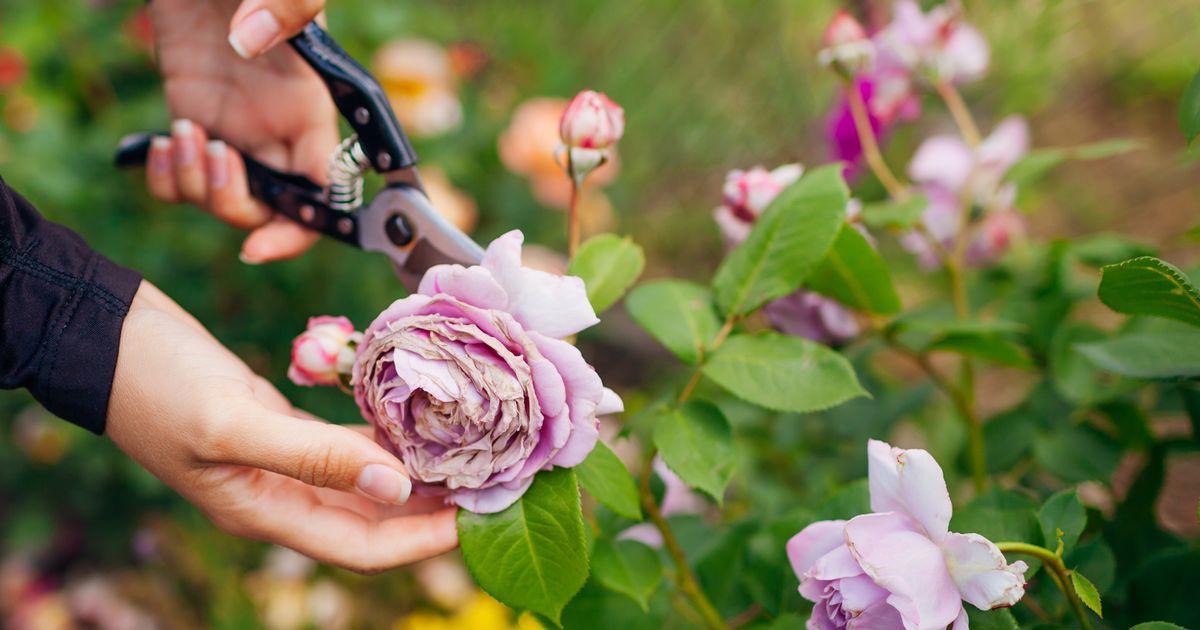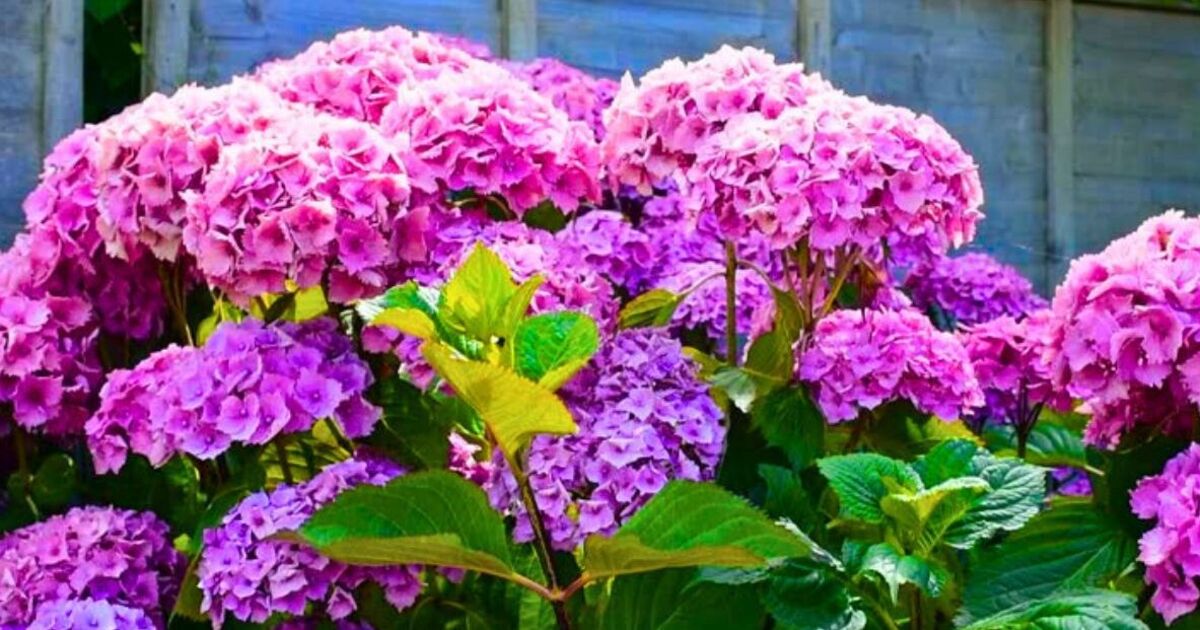Title: Securing your Rose Plantations against Black Spot Disease in Autumn
Autumn’s arrival might not only bring a colorful spectrum of leaves but also pose a threat to gardeners’ precious roses in the form of black spot disease. Leaves showing black spots signify the early signs of disease, signaling immediate attention.
Rose plants are among the true gems in a flower garden, attracting attention with their stunning blossoms. However, they are also prone to black spot disease—termed as one of the most common and troubling diseases for these plants, especially during autumn. Louis Hooft, a plant enthusiast, stressed the urgency of gardeners’ awareness. According to him, black spot disease originates as circular black spots on the plant’s leaves and, if neglected, can lead the entire plant to lose its foliage.
Black spot disease is not necessarily a death sentence for roses, but it significantly weakens them, making them susceptible to other diseases and pests. It can also impair the plant’s ability to withstand the hardships of the winter season. It is vital to note that the intense growth of black spot disease necessitates immediate attention and action from the gardener to preserve the plant’s health.
Being more prevalent during the fall season due to the damp conditions caused by the cooling rain, black spot disease usually develops between autumn and winter. The fungal spores mature in the piles of fallen leaves and infected canes. The wind and rain then carry these mature spores onto the leafy vegetation of the roses, causing the appearance of black spots on the leaves and young stems.
However, implementing a few effective strategies and preventative measures can help combat this disease. One such strategy includes careful watering at the base of the plant, preventing the foliage from getting wet. Watering roses from above should be avoided, especially during fall, and refrain from using sprinklers.
Experts also suggest that autumn pruning and cleaning of roses could significantly benefit the overall health of the plant by facilitating better air circulation and faster drying. But, one of the most recommended protective measures against black spot disease is mulching roses to maintain soil moisture levels.
“Mulching,” Louis explains, “acts as a barrier, averting the soil from splattering onto the plant. Therefore, if spores are present in the ground, mulching can help cease the spread of black spots to the roses.” Regardless, rotting wood should be avoided in your mulch mix as it can foster an environment conducive for other fungal diseases.
Diverse varieties of mulch like shredded bark, wood chips, pine needles, straw, and hay can be used for rose plants, taking care not to use fallen rose leaves or other plant debris that might carry the black spot disease.
Prevention is always better than cure, and the same applies to rose plant care—proper watering techniques, diligent pruning, and consistent mulching throughout autumn are some critical steps. Putting in a little extra effort can save your roses from losing their splendor due to the black spot disease.
Louis sums up, “Preventing black spot from infecting your roses is, paradoxically, the most effective way to manage the disease. Reducing the disease risk by practicing proper gardening methodologies and generating adverse conditions for the fungus is essential.”
As autumn approaches, be prepared to put on your gardening gloves and save your roses from withering away due to the black spot disease, allowing them to continue to bloom and beautify your garden.




